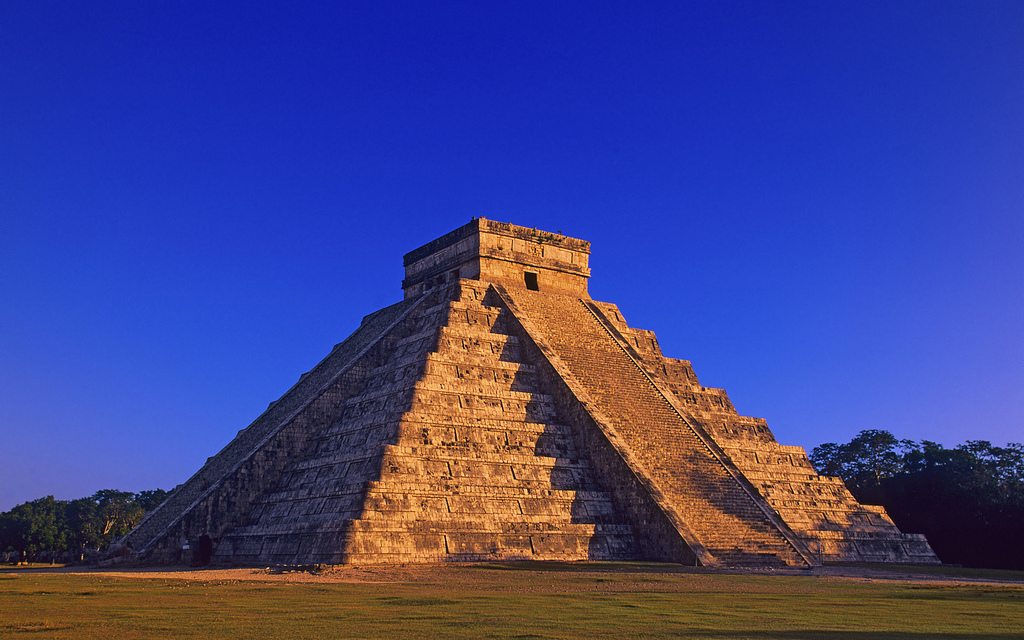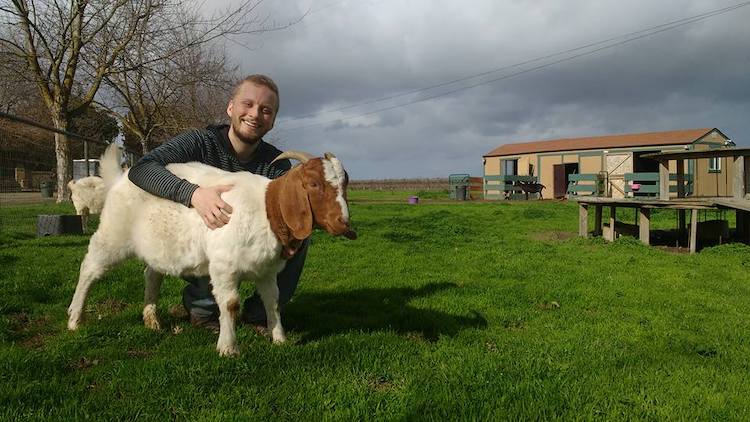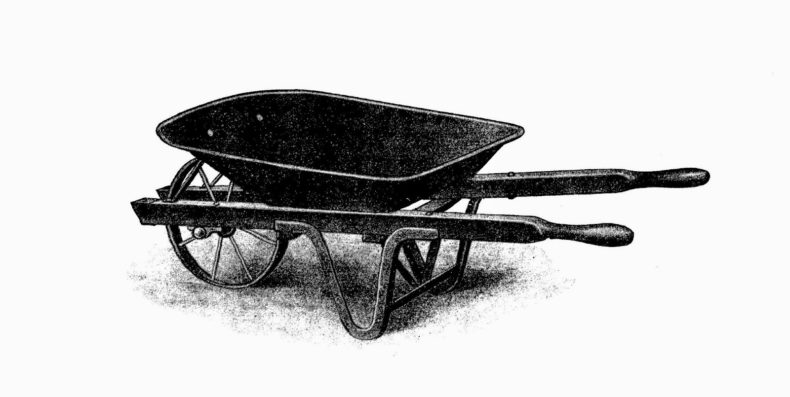
I attended a repatriation of artifacts and bones under Native American claim recently. The remains of 41 people and the artifacts buried with them, retrieved from an archaeological collection, went back in the ground.
There’s not a lot I can write in detail. Returning the dead of a millennia-old village is an involved procedure and I did not take notes. It was shovels and damp soil, trenches deep enough they should not be dug up again.
Repatriation materials had been transported to the site in cardboard office boxes prepared by the museum they came from. Where I expected to see a jumble of bubble wrap and masking tape, objects had been slid into neat cotton sacks, tied closed with cotton strips. They were not nested for transport, but given their own sacks of different sizes, each bowl and jar, each small purse of beads with a draw string tied closed. Soft cotton pads had been placed between more fragile items. It looked like a burial in boxes, given back in the gentlest custom the museum could devise.
When the objects were pulled out, it felt as if the dead were being freed from science. They were themselves again.
Continue reading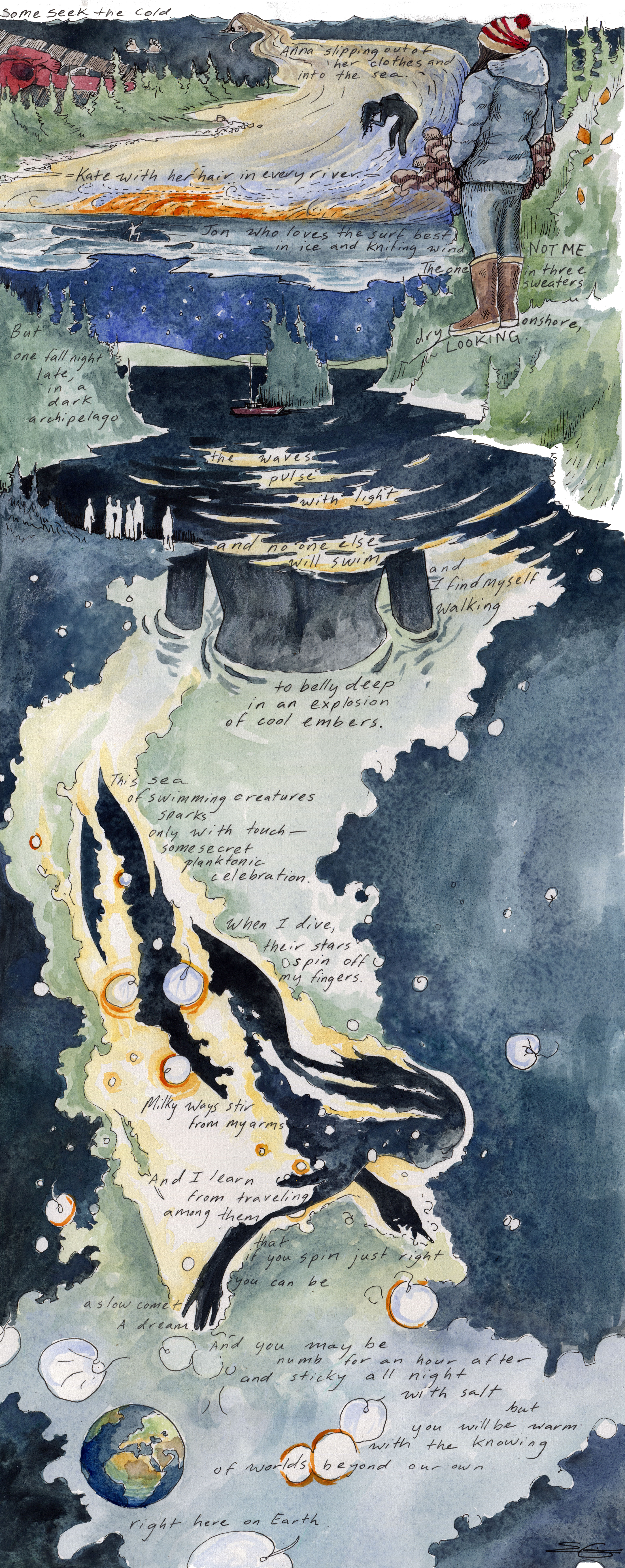
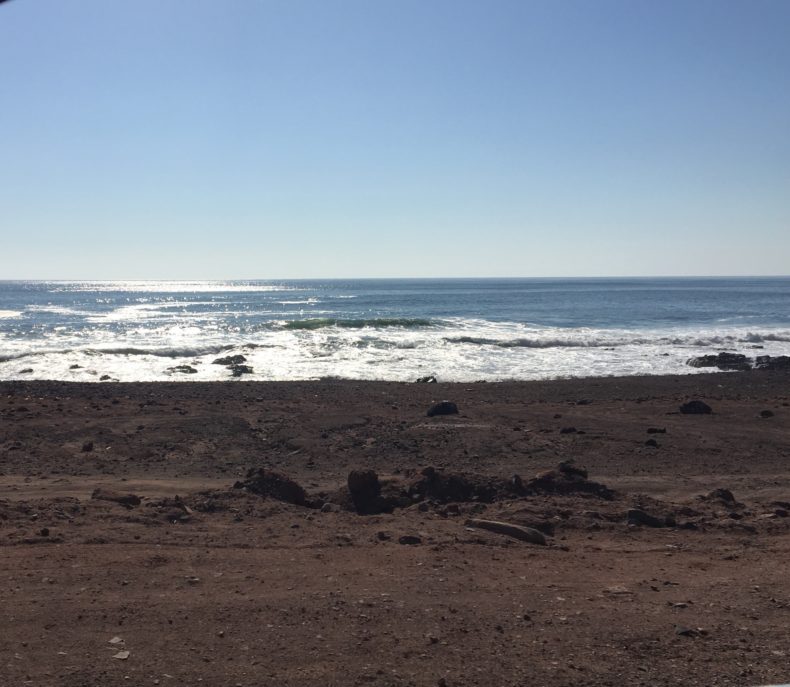
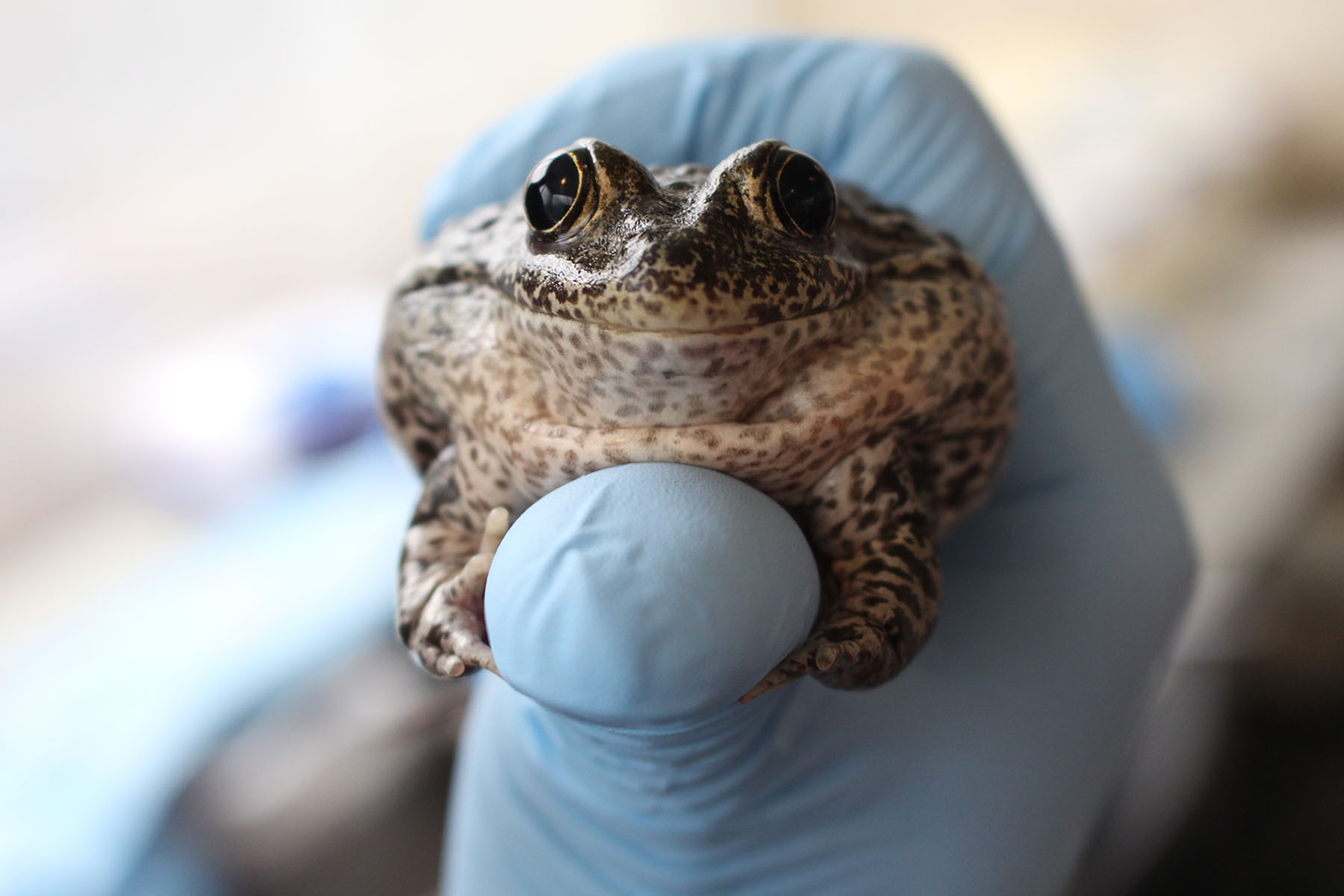
 It is the time of year for little lights. There are tiny points of light along the eaves of our neighbors’ houses. There are lights along the city streets, too. Some are arranged in a pattern so they look like dolphins. Some are shaped like shooting stars. On Sunday, some houses began to light the first of eight candles, one for each night. On Sunday, other houses began to light the first of four candles, one for each week. In our house we have been lighting a pair of candles at dinner since the time change, because it’s dark and everything seems to feel more special in the dark when you have a candle.
It is the time of year for little lights. There are tiny points of light along the eaves of our neighbors’ houses. There are lights along the city streets, too. Some are arranged in a pattern so they look like dolphins. Some are shaped like shooting stars. On Sunday, some houses began to light the first of eight candles, one for each night. On Sunday, other houses began to light the first of four candles, one for each week. In our house we have been lighting a pair of candles at dinner since the time change, because it’s dark and everything seems to feel more special in the dark when you have a candle.
